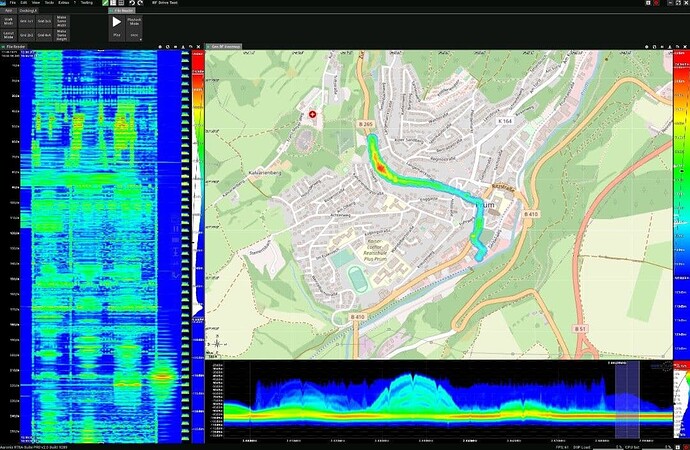![]() The drive test procedure involves a series of steps to collect and analyze data related to the performance of a wireless network.
The drive test procedure involves a series of steps to collect and analyze data related to the performance of a wireless network.
![]() The tests required in an LTE (Long-Term Evolution) drive test typically include the following:
The tests required in an LTE (Long-Term Evolution) drive test typically include the following:
-
Signal_Strength_Test: This test measures the strength of the LTE signal at various locations throughout the test area. The signal strength is typically measured in decibels (dB) and is used to determine the network coverage and quality.
-
Signal_Quality_Test: This test measures the quality of the LTE signal at various locations throughout the test area. The signal quality is typically measured using parameters such as SINR (Signal-to-Interference plus Noise Ratio) and RSRP (Reference Signal Received Power).
-
Throughput_Test: This test measures the data transfer rates at various locations throughout the test area. The throughput is typically measured in Mbps (Megabits per second) and is used to determine the network’s data transfer capabilities.
-
Handover_Test: This test measures the performance of the handover process between LTE cells. Handover is the process of transferring an ongoing call or data session from one cell to another as the user moves around. The handover test measures the success rate and delay of the handover process.
-
Call_Quality_Test: This test measures the quality of voice calls on the LTE network. The call quality is typically measured using parameters such as MOS (Mean Opinion Score) and R-Factor.
-
Video_Streaming_Test: This test measures the quality of video streaming on the LTE network. The video streaming quality is typically measured using parameters such as bit rate, frame rate, and latency.
-
Interference_Test: This test measures the interference levels on the LTE network. Interference can be caused by various factors such as neighboring cells, other wireless devices, and environmental factors.
![]() By conducting these tests during an LTE drive test, network operators can evaluate the network’s performance, identify areas for improvement, and take corrective actions to optimize the network’s performance.
By conducting these tests during an LTE drive test, network operators can evaluate the network’s performance, identify areas for improvement, and take corrective actions to optimize the network’s performance.
Credits: ![]()
